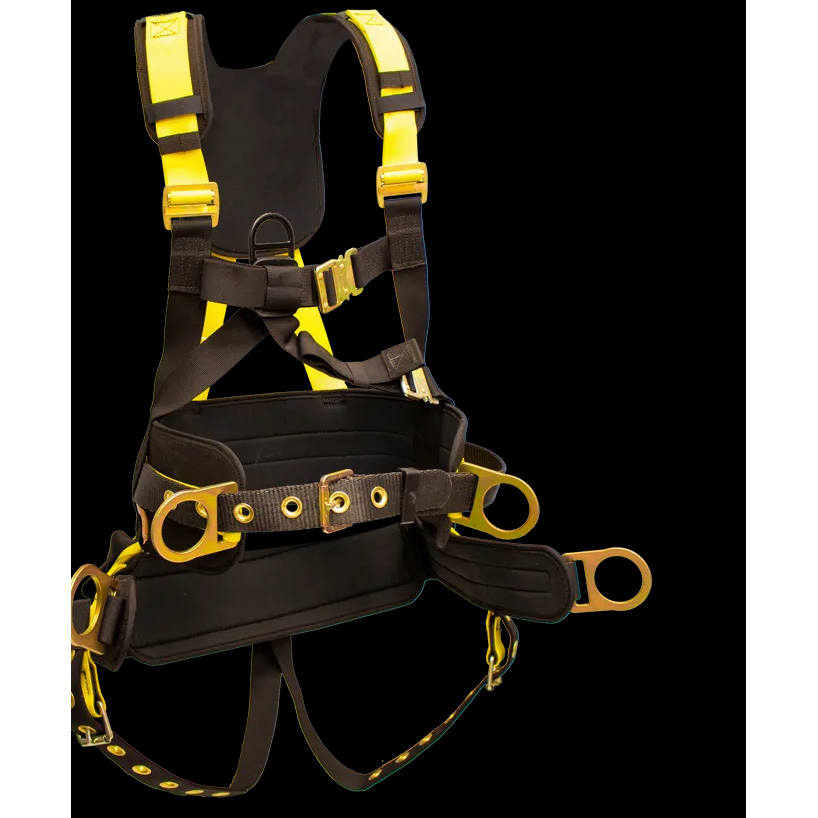Descent control harnesses, also known as rescue harnesses or evacuation harnesses, are specifically designed to facilitate controlled descent from height in emergency situations. Here's an overview of why they are different from standard harnesses:
-
Integrated Descent Systems (IDS): Descent control harnesses often feature integrated descent systems, which include components such as a descender device, rope, and connectors. These systems allow users to safely and efficiently descend from height without the need for additional equipment.
-
Emergency Preparedness: Unlike standard harnesses, descent control harnesses are primarily designed for emergency situations where a quick and safe descent is necessary. They are commonly used in industries such as construction, utilities, and rescue operations where workers may need to evacuate from elevated areas rapidly.
-
Controlled Descent: Descent control harnesses enable users to descend at a controlled speed, allowing for a safe and smooth evacuation process. The integrated descent systems typically feature mechanisms for adjusting descent speed and braking, giving users greater control over their descent.
-
Comfort and Support: While prioritizing functionality for emergency situations, descent control harnesses also provide comfort and support for users during descent. They may include padding at pressure points, adjustable straps for a customized fit, and ergonomic design features to reduce fatigue during prolonged use.
-
Compatibility with PPE: Descent control harnesses are designed to be compatible with other personal protective equipment (PPE) commonly used in hazardous work environments, such as helmets, gloves, and safety glasses. They often feature attachment points and loops for securing additional gear while descending.
-
Training and Certification: Proper training and certification are typically required for users of descent control harnesses due to the specialized nature of their operation. Workers must be trained in descent techniques, equipment inspection, and emergency procedures to ensure safe and effective use in real-world scenarios.






























